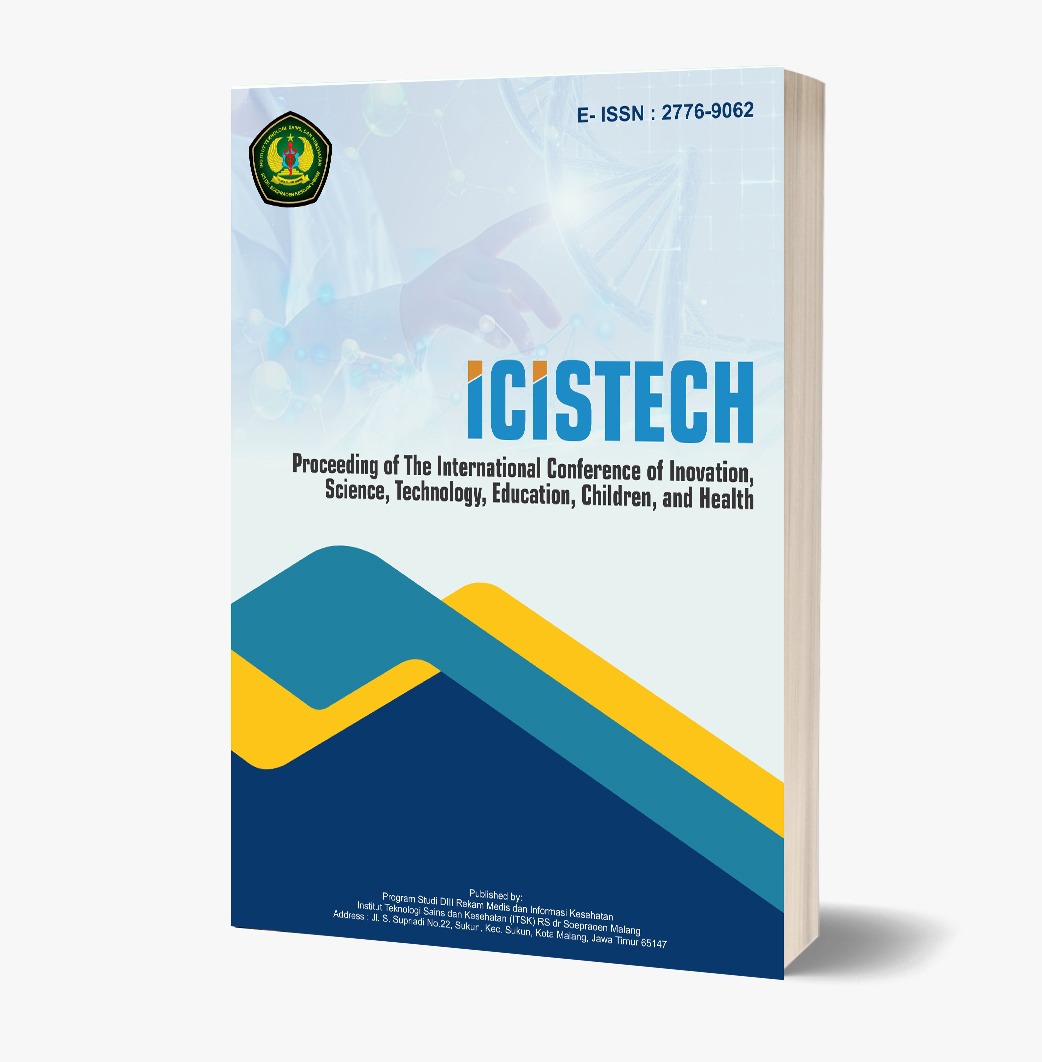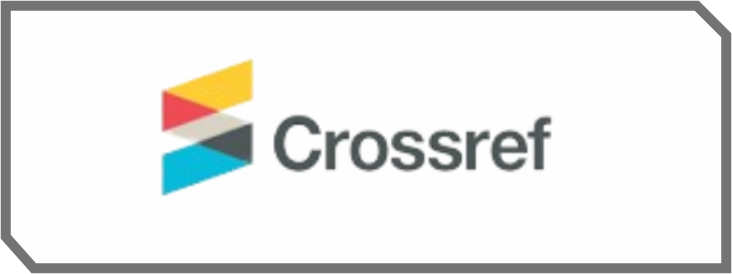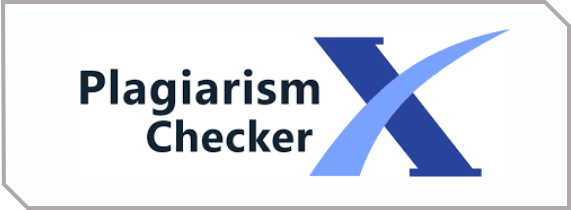Development of a Smart Attendance System Using Face Recognition Technology
DOI:
https://doi.org/10.62951/icistech.v5i1.183Keywords:
Attendance, Computer, Face, OpenCV, VisionAbstract
Attendance management is an essential component in educational institutions, companies, and organizations to monitor the presence and punctuality of participants. Traditional attendance systems, such as manual signatures or identification cards, are prone to various issues including human error, time inefficiency, and identity fraud. To address these challenges, this study aims to develop a smart attendance system using facial recognition technology based on Python and the OpenCV library. The system is designed to automatically detect and recognize faces in real time using a webcam or camera module. It employs computer vision techniques to capture facial images, extract unique features, and match them against a stored database of registered participants. Once the face is verified, the system records the attendance along with a timestamp, ensuring data accuracy and security. The development process involved several stages, including image acquisition, preprocessing, feature extraction, and classification. OpenCV was utilized for image processing tasks, while Python provided the programming framework to integrate all components. To enhance recognition accuracy, the system applied techniques such as histogram equalization for lighting normalization and Haar Cascade classifiers for initial face detection. An experimental evaluation was conducted under various conditions, including different lighting environments and facial orientations. The results demonstrated that the system achieved an accuracy rate of 96% under normal lighting conditions, with only a small decrease in performance under dim or uneven lighting. These findings indicate that the system is reliable for practical applications, especially in controlled environments. Conclusion: The Python-based facial recognition attendance system offers a more efficient, secure, and accurate alternative to conventional attendance methods. Future improvements may include the integration of deep learning models to enhance recognition robustness in diverse real-world scenarios.
References
Amalia, B. A. (2022). Implementasi keterampilan creative, critical thinking, communicative, collaborative (4C) pada pembelajaran pendidikan agama Islam di SMK N 1 Purwokerto.
Anwar, M. N., Aness, M., Khizar, A., Naseer, M., & Muhammad, G. (2012). Relationship of academic, creative thinking with the school achievements of secondary interdisciplinary students. International Journal of Education, 1(1(3)), 1–4.
Candra, R. A., Prasetya, A. T., & Hartati, R. (2019). Analisis kemampuan berpikir kreatif peserta didik melalui penerapan blended project-based learning. Inovasi Pendidikan Ilmiah, 13(2), 2437–2446. https://journal.unnes.ac.id/nju/JIPK/article/view/19562
Faridahtul Jannah, & Thooriq Irtifa’ Fathuddi. (2023). Penerapan modul ajar berbasis kurikulum merdeka II UPT SD Negeri 323 Gresik. Soko Guru: Jurnal Ilmu Pendidikan, 3(1), 131–143. https://doi.org/10.55606/sokoguru.v3i1.2099
Hafiza, H., Hairida, H., Rasmawan, R., Enawaty, E., & Ulfah, M. (2022). Profil kemampuan berpikir kreatif peserta didik kelas XI IPA di SMAN 9 Pontianak pada materi sistem koloid. Edukatif: Jurnal Ilmu Pendidikan, 4(3), 4681–4693. https://doi.org/10.31004/edukatif.v4i3.2707
Hairani, Inuddin, M., Rachman, D. F., Fathoni, A., & Hadi, S. (2019). Sosialisasi internet sehat, cerdas, kreatif dan produktif pada masyarakat Kalijaga Baru. Valid Jurnal Pengabdian, 1(3), 1–10.
Kharismawati Putri, R., Samsiyah, N., & Sri Maruti, E. (2022). Peningkatan kemampuan berpikir kreatif siswa SD menggunakan model problem based learning berbantuan media video. Seminar Nasional Sosial Sains, Pendidikan, Humaniora (SENASSDRA), 1, 1440–1448.
Permatasari, D. (2023). Peningkatan keterampilan berpikir kreatif melalui model project based learning pada peserta didik kelas IV sekolah dasar. Nucl. Phys., 13(1), 104–116.
Qomariyah, D. N., & Subekti, H. (2021). Analisis kemampuan berpikir kreatif: Studi eksplorasi siswa di SMPN 62 Surabaya. PENSA E-Jurnal: Pendidikan Sains, 9(2), 242–246. https://ejournal.unesa.ac.id/index.php/pensa/index
Sugiyono. (2020). Metodologi penelitian kuantitatif, kualitatif dan R & D.
Sulastri, E., Supeno, S., & Sulistyowati, L. (2022). Implementasi model problem-based learning untuk meningkatkan keterampilan berpikir kreatif siswa sekolah dasar dalam pembelajaran IPA. Edukatif: Jurnal Ilmu Pendidikan, 4(4), 5883–5890. https://doi.org/10.31004/edukatif.v4i4.3400
Wardana, L. A., Rulyansah, A., & Hasanah, I. U. (2019). Pengembangan media pembelajaran pop up dengan menggunakan model STAD dalam meningkatkan hasil belajar siswa (Materi lingkungan sekitar kelas III SDI Darul Hidayah). Pedagogy: Jurnal Ilmiah Ilmu Pendidikan, 6(1), 53–59.
Widana, I. W., & Septiari, K. L. (2021). Kemampuan berpikir kreatif dan hasil belajar matematika siswa menggunakan model pembelajaran project-based learning berbasis pendekatan STEM. Jurnal Elemen, 7(1), 209–220. https://doi.org/10.29408/jel.v7i1.3031
Wulandari, F. A., Mawardi, M., & Wardani, K. W. (2019). Peningkatan keterampilan berpikir kreatif siswa kelas 5 menggunakan model mind mapping. Jurnal Ilmiah Sekolah Dasar, 3(1), 10. https://doi.org/10.23887/jisd.v3i1.17174
Yuliani, H. (2017). Keterampilan berpikir kreatif pada siswa sekolah menengah di Palangka Raya menggunakan pendekatan saintifik. Jurnal Pendidikan Fisika dan Keilmuan (JPFK), 3(1), 48. https://doi.org/10.25273/jpfk.v3i1.1134
Downloads
Published
How to Cite
Issue
Section
License
Copyright (c) 2025 Proceeding of The International Conference of Inovation, Science, Technology, Education, Children, and Health

This work is licensed under a Creative Commons Attribution-ShareAlike 4.0 International License.













